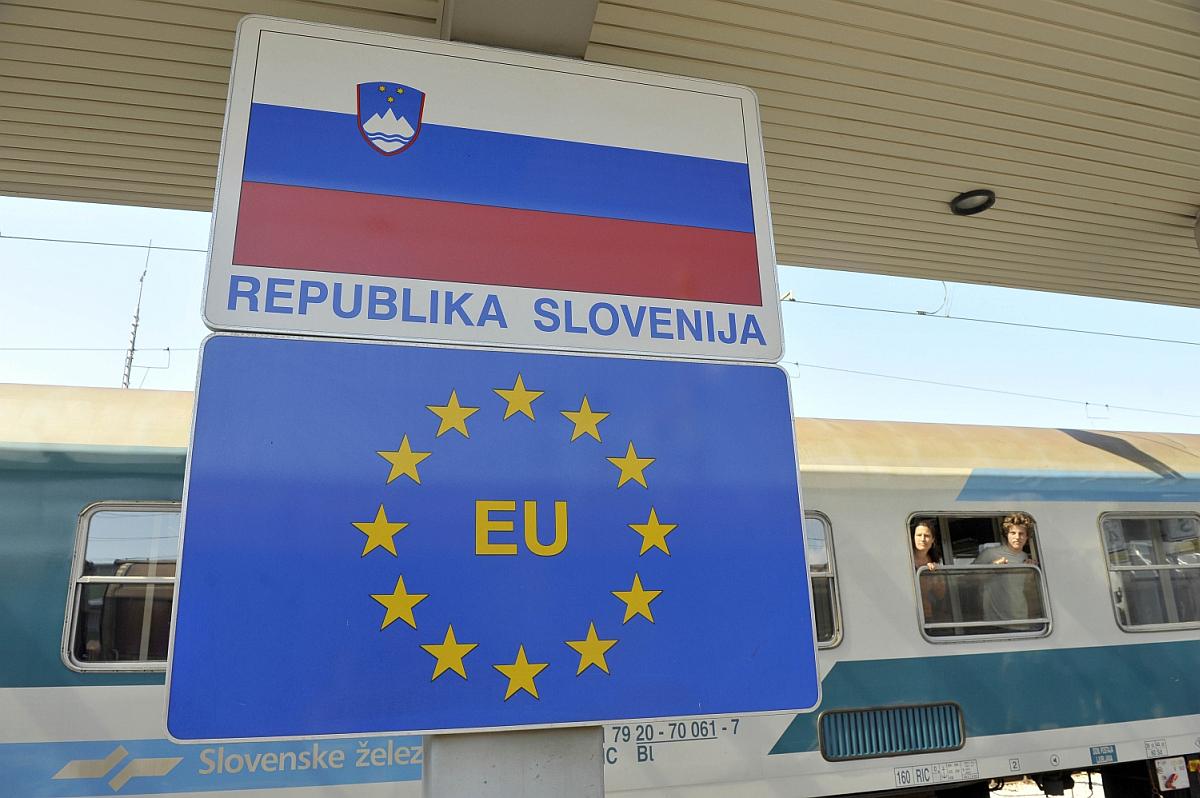
European Commission vice-president Katainen is on a tour promoting the opportunities on hand with the above-mentioned plan. He said states should partly take advantage of European funds, adding that Slovenia was already striving in that direction. The rest of the project funding could come from the CEF (Connecting Europe Facility) financial instrument, reports Maja Derčar from Radio Slovenija. CEF is under the direct jurisdiction of EU Transport Commissioner Violeta Bulc.
Where to search for the missing billion?
The aforementioned financial instrument does come under consideration, as the future second rail track lies on one of the most important European transport corridors. The missing billion could partly come from the CEF instrument, and partly from the state budget - not as state aid, but in the form of a public-private partnership.
If things go wrong...
Maja Derčar reports that Juncker's investment plan would help the state search for a strategic partner, as any potential investor could inquire about a loan, or advice, at the European Investment Bank. If the bank finds the project too risky, it then directs the potential partner to the newly formed European Fund for Strategic Investments. In case the project goes wrong, the EU will then cover the losses of the investor. This would help calm investors and at the same time encourage them to take a risk and invest in such projects.
Katainen mentioned investment banks, insurance companies and pension funds as possible private investors. According to Katainen these institutions have the necessary funds and are in search of revenue. He is convinced that Juncker's investment plan would be most attractive to them.
The Slovenian government could also turn to the EBRD (European Bank for Reconstruction and Development) in order to finance the second rail track project. Meanwhile all the other government investment projects remain questionable, as it would be very difficult to find private investors ready to invest.
315 billion euros for investments
European Commission President Juncker's investment plan will become operational in the middle of the year. With the plan the EU wishes to ignite around 315 billion euros of investments, mostly though private funding. That means that the government would first have to find a private investor, in order to benefit from the plan.

































































